Welcome to
American Eagle Medical
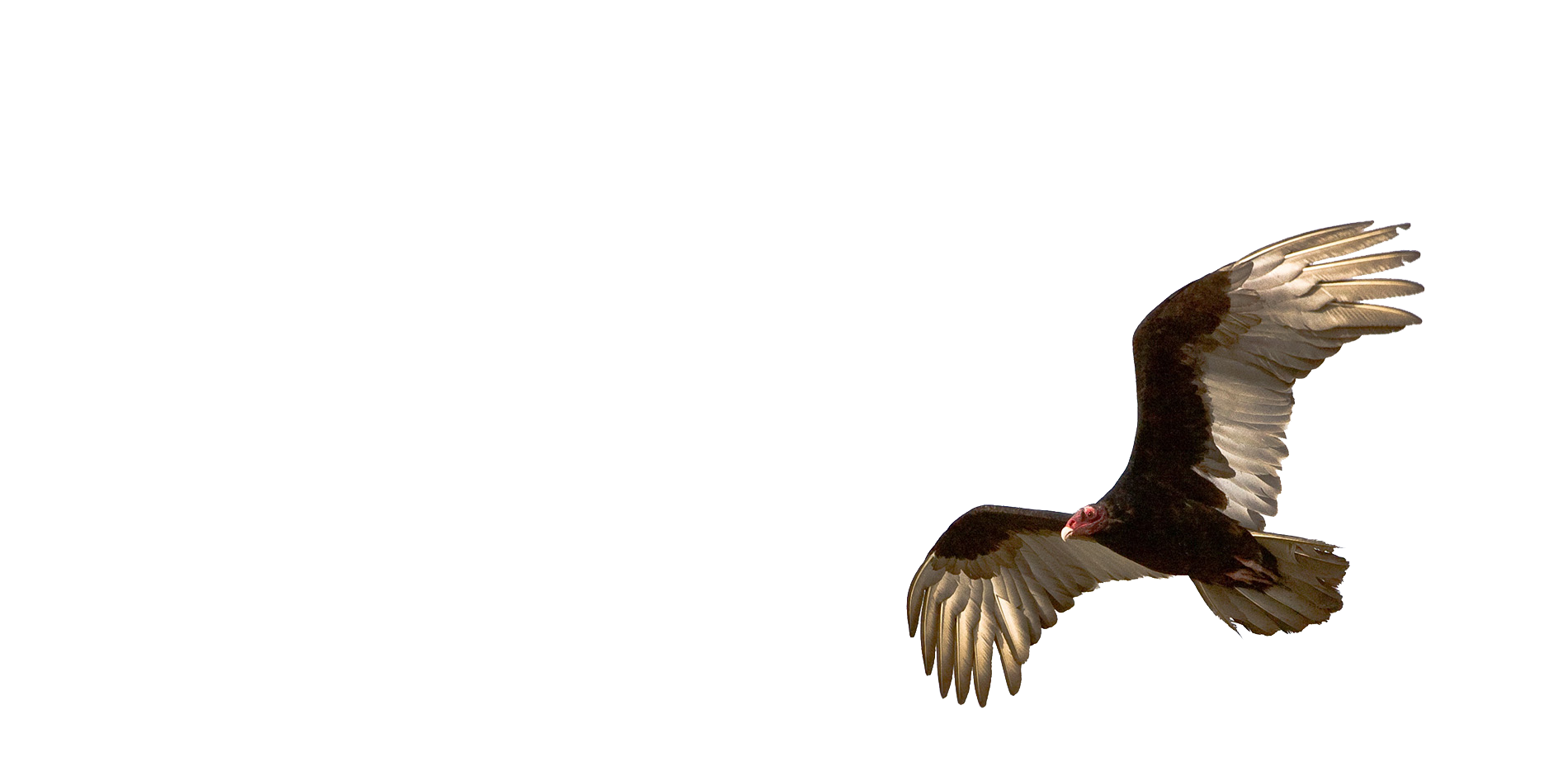
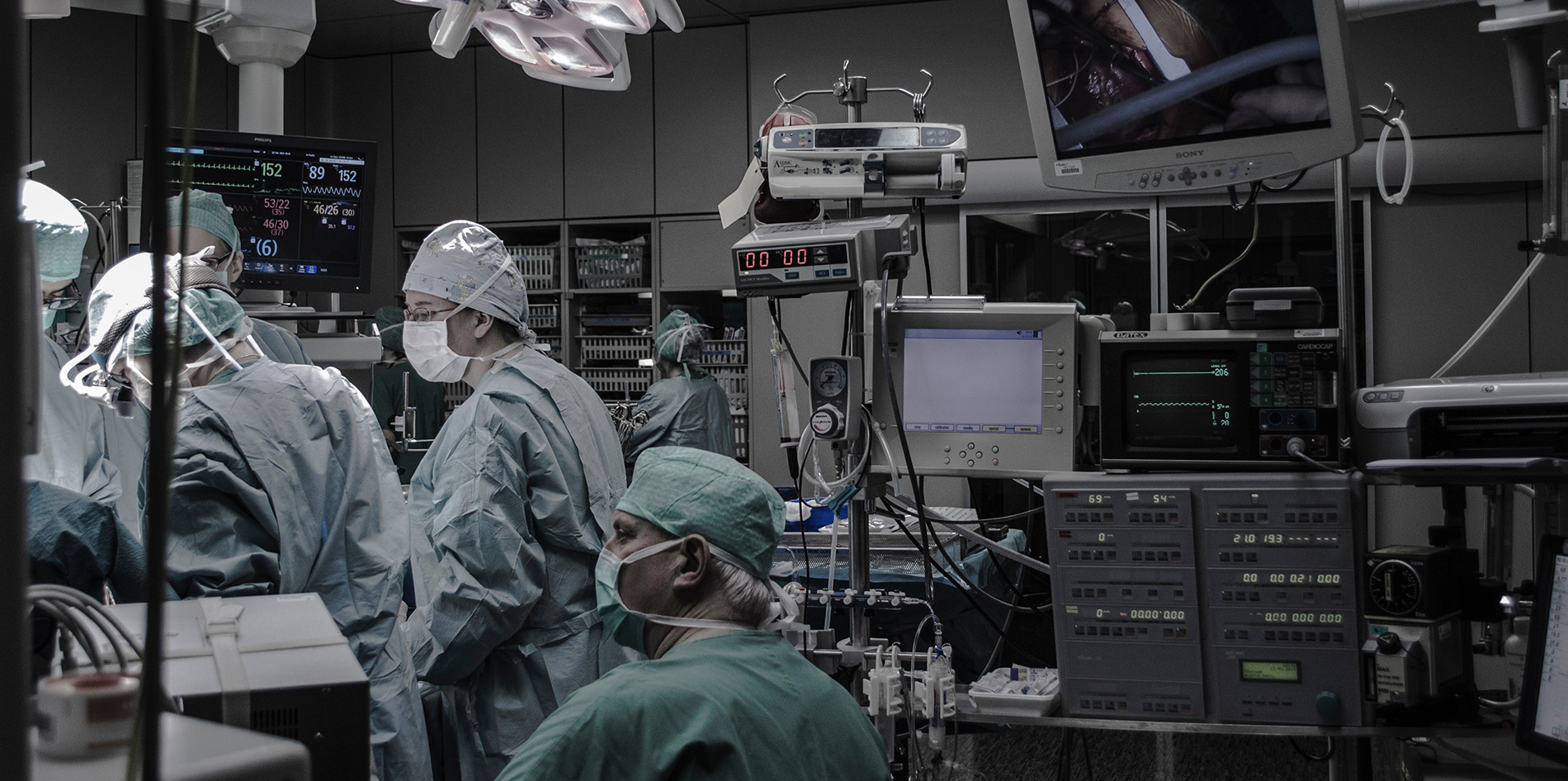
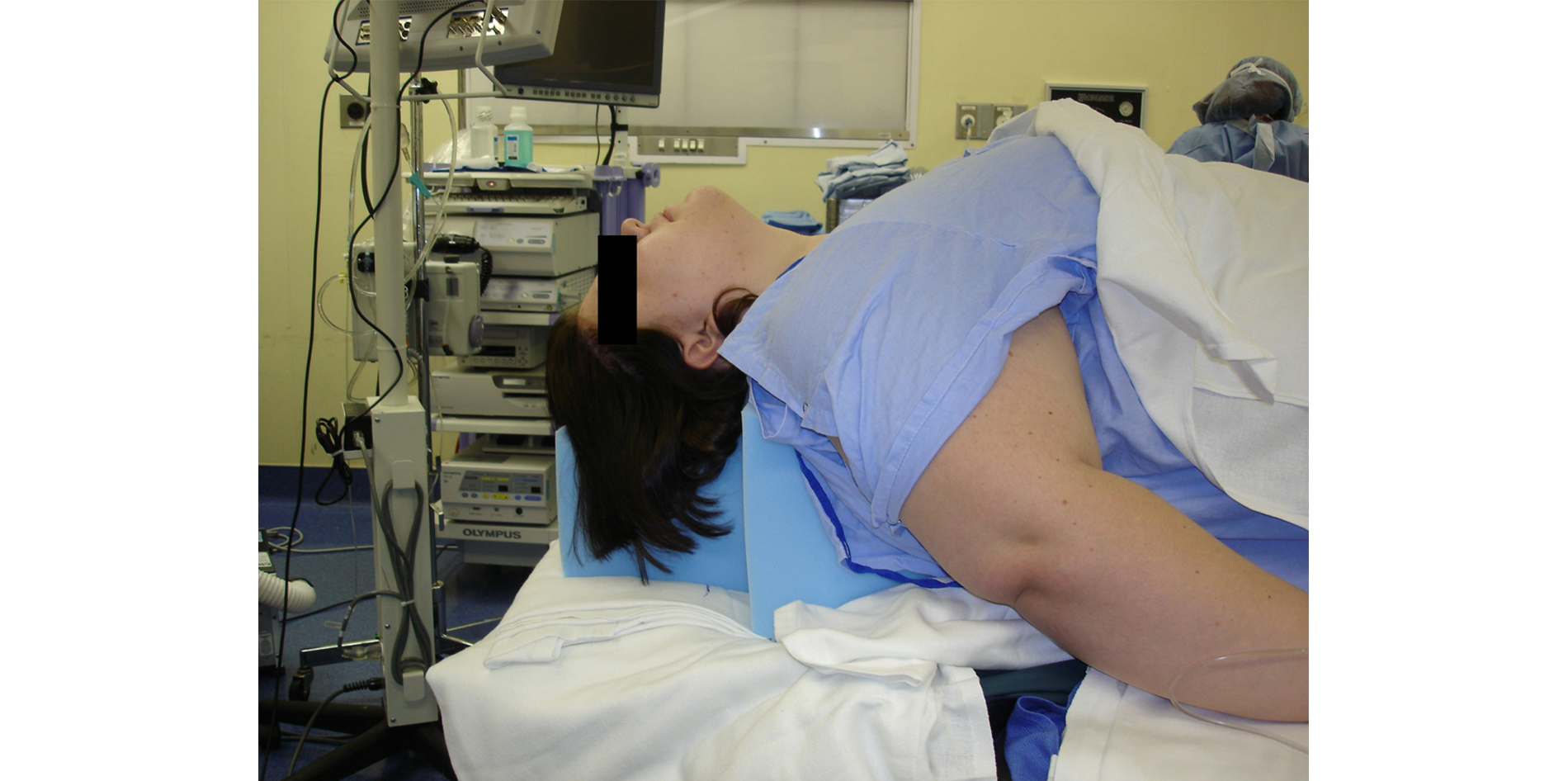

Carefully read all instructions and contraindications before use
“The obese patient needs further positioning to move the mass of the chest away from the plane across which the laryngoscope handle will sweep as it is manipulated into the mouth. This may require placing a wedge-shaped lift (e.g., blankets, pillows) under the scapula, shoulders, and nape of neck, raising the head and neck above the thorax and providing a grade to allow gravity to take the mass away from the airway” (1). The Pi’s Obesity Pillow (extra-large Pi's Pillow) has been found to be extremely useful when treating obese patients. The pillow is available in either disposable or reusable models with covers available for the disposable model. In addition, the pillow comes in both long (P1001) and short (P1002) lengths (figure 10 & 11). The long model is for the patient who is taller than average or of average height; the short model is for the shorter than average patient or a patient that has difficulty moving himself / herself.
By effectively raising a patient’s head and neck above the thorax and maintaining this stable extended position (figure 12 & 13), the pillow facilitates mask ventilation, direct laryngoscopy, insertion of laryngeal mask and fiber optic bronchoscope-aided intubation. In addition, Pi’s Pillow also aids in the recovery from general anesthesia in the immediate postoperative period to prevent airway obstruction in the post anesthesia care unit.
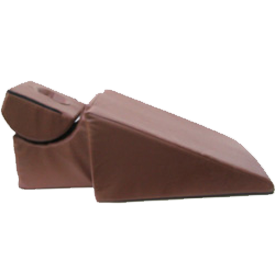
Reusable Pi's Obesity Pillow (Long, P1001).
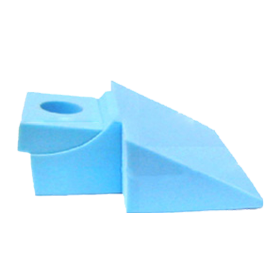
Disposable Pi's Obesity Pillow (Short, P1002).

Patient on OR bed without Pi's Obesity Pillow, the mass of chest is above the plane of upper airway.
One hour prior to using the pillow, the plastic bag must be opened to allow for full expansion. Proper positioning of the pillow is accomplished by ensuring the slope side of the pillow is beneath the patient’s back and shoulders. The following steps will insure proper positioning of the patient: (1) After the patient lies down on the OR table, make a mark on the table where the upper edge of the patient’s shoulders should be positioned. (2) Direct the patient to sit up without moving his or her bottom. (3) Place the pillow onto the table. Be sure to position the top edge of the pillow two inches below (about 4 fingers breadth) your mark for the position of the patient’s shoulders. (4) Direct the patient to slowly lie down on the pillow without moving his or her bottom. As soon as the patient loses consciousness, the pad is removed or it is moved down according to the desired degree of head and neck extension. For the short-sized pillow, the patient’s lumbar spine should be supported by inserting a sheet into the space beneath the lumbar spine.
WARNING & CONTRAINDICATIONS: Do not use the Pi’s Pillow for the patient who has an unstable cervical spine and/or high index of suspicion for the presence of cervical spine injury.

Patient on OR bed with Pi's Obesity Pillow, the mass of chest is moved away from the plane of upper airway.
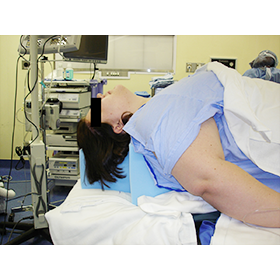
After the induction of anesthesia, the pad/head-piece is removed and the head assumes an extended position.